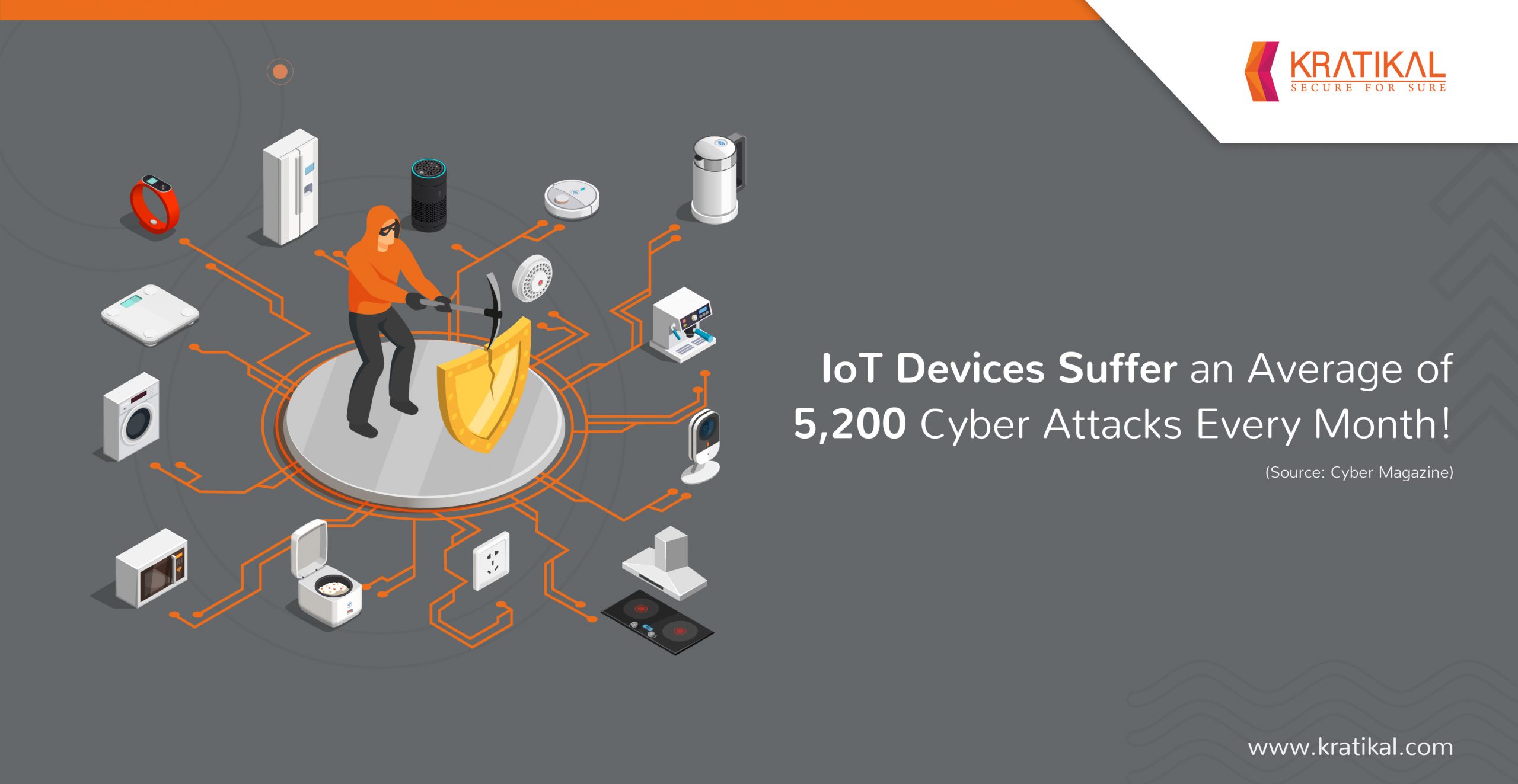Securing IoT devices against cyber threats is crucial to protect data, ensure privacy, and maintain the integrity of the IoT system. Here are some key measures and best practices to enhance the security of IoT devices:
- Secure Device Authentication: Implement strong authentication mechanisms to ensure that only authorized devices can connect to the IoT system. This can involve using unique device credentials, secure keys, certificates, or secure protocols like OAuth or X.509.
- Encrypted Communication: Utilize encryption protocols (such as Transport Layer Security or Secure Sockets Layer) to secure data transmission between devices, gateways, and the cloud. Encryption ensures that data remains confidential and protected from eavesdropping or tampering.
- Regular Firmware Updates: Keep IoT device firmware up to date with the latest security patches and bug fixes. Regular updates help address known vulnerabilities and ensure devices are protected against emerging threats.
- Strong Access Controls: Implement access controls that limit device communication and data access to authorized entities only. Use proper authorization mechanisms, role-based access controls, and secure user authentication to prevent unauthorized access to IoT devices and systems.
- Network Segmentation: Segment IoT devices into separate networks or VLANs (Virtual Local Area Networks) to isolate them from critical infrastructure and other devices. This helps contain potential threats and limit the spread of attacks across the network.
- Secure Configuration: Default settings of IoT devices often have weak security configurations. Change default credentials, disable unnecessary services or ports, and configure devices to follow security best practices. This includes using strong passwords, disabling unused protocols, and enabling secure communication protocols.
- Monitor and Detect Anomalies: Implement monitoring systems that detect unusual behavior or anomalies in IoT device communication or data patterns. Intrusion detection systems, anomaly detection algorithms, or machine learning techniques can be employed to identify potential security breaches or malicious activities.
- Physical Security: Physical security measures are also essential. Protect IoT devices from unauthorized physical access, tampering, or theft. This can involve measures such as secure enclosures, tamper-evident seals, and physical access controls.
- Privacy Considerations: Ensure that IoT devices and systems handle personal or sensitive data in compliance with privacy regulations. Implement data anonymization techniques, data minimization practices, and secure storage and handling of user data.
- Security Testing and Auditing: Regularly conduct security testing, vulnerability assessments, and penetration testing on IoT devices and systems. Perform security audits to identify and address potential weaknesses or vulnerabilities in the infrastructure.
- Vendor and Supply Chain Security: Establish security requirements and vetting processes for IoT device vendors and suppliers. Ensure that devices are built with security in mind and follow industry best practices. Regularly assess and monitor the security posture of third-party components used in IoT devices.
- User Awareness and Education: Educate users, administrators, and stakeholders about IoT security best practices, potential risks, and the importance of maintaining security measures. Promote a culture of security awareness and provide guidelines for secure device usage.
Securing IoT devices is an ongoing process, and it requires a holistic approach that encompasses device-level security, network security, data security, and user awareness. By implementing these security measures, IoT devices can be better protected against cyber threats and contribute to a more secure and trustworthy IoT environment.
SHARE
